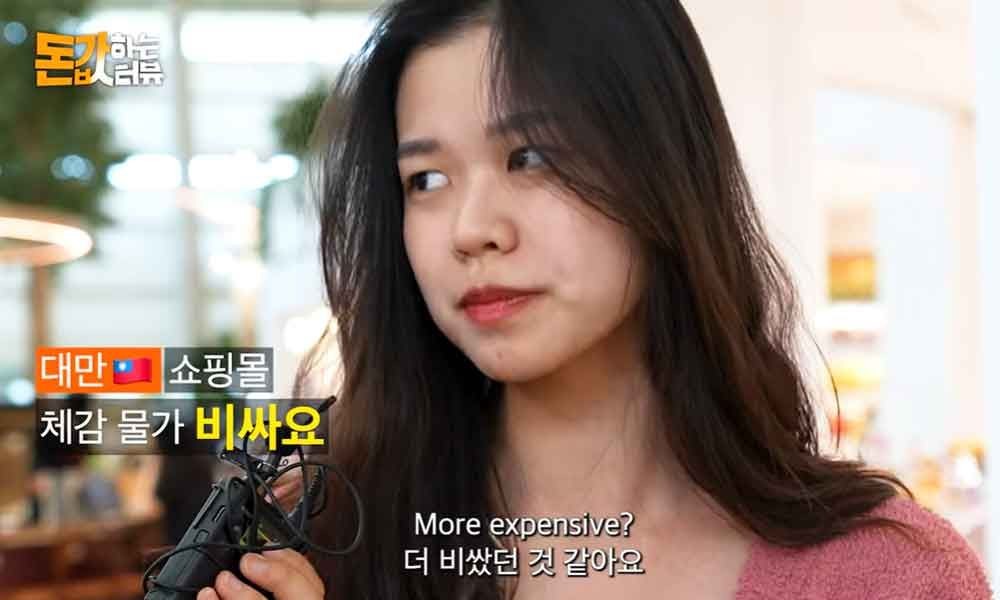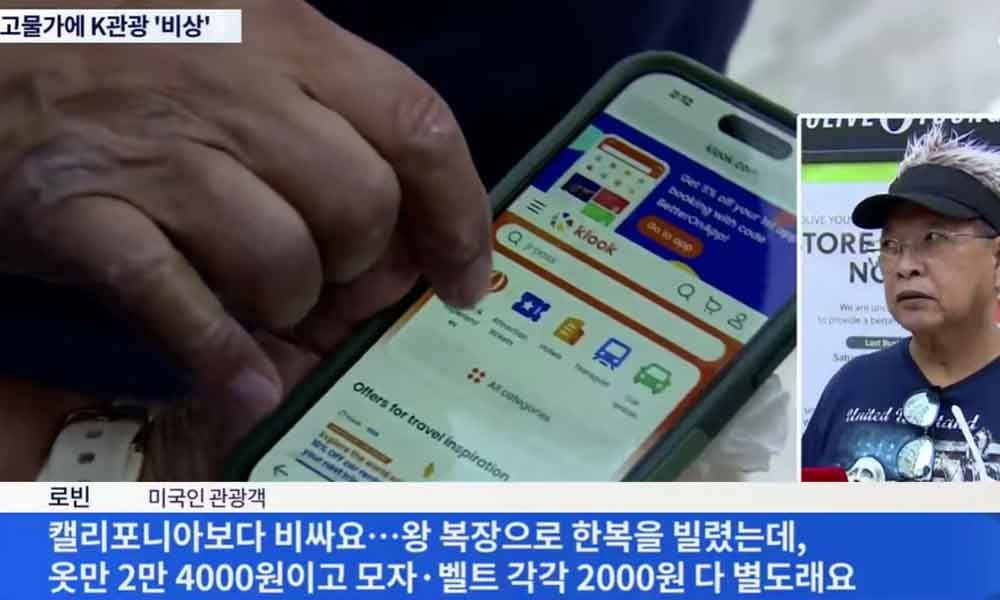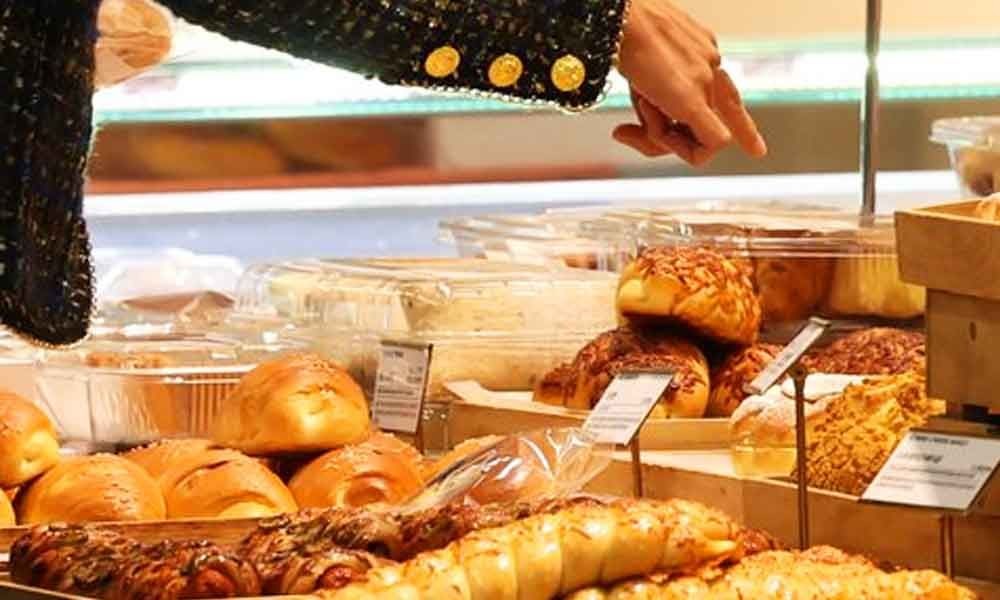
Are you feeling the pinch of the rising cost of living these days? With a steady price increase, it’s no wonder many of us sigh more often. Last month, the price of agricultural products saw a significant increase. The surge in the prices of apples and pears reached a record high.
Amid this situation, it’s intriguing to think about how foreign tourists visiting Korea perceive the country’s cost of living. Let’s take a look at what foreign tourists think about Korean prices.
The YouTube channel MBN News published a video in February titled “Our Expensive ‘K-Prices’ What do Foreigners Think?” The video features interviews with foreigners from different countries sharing their thoughts on Korean prices. Tourists from Europe and North America said they found living in Korea relatively cheap.
One American tourist revealed she spent about $2,359 during her two-month stay in Korea. She said, “Korea is a bit cheaper. They give more food, and even at the same price, the value for money is better.”

On the contrary, tourists from Asian and Middle Eastern countries found Korean prices expensive. A visitor from Kuwait said, “I was surprised because Korea was too expensive. Or maybe I didn’t know about the cheaper places where locals go.”
A visitor from India commented, “Korea is much more expensive than India. Compared to India, Korea seems to be about 68% more expensive.” Another tourist from Colombia said he spent about $3,488 while in Korea, adding, “I think Korea is an expensive country.”

Foreign tourists felt that living costs were exceptionally high in popular areas such as Myeongdong and Gwanghwamun. Myeongdong is especially notorious for its high prices among foreigners. They even share tips on avoiding overpriced items and often split a single food item among several people.
A tourist from Brunei was surprised by the high prices in Korea, saying, “If you buy baby clothes in Brunei, you only need to pay about $8.7 for three sets, but in Korea, it’s about $8.7 for just one.”
In areas around Gwanghwamun, it’s common to see foreigners wearing traditional Korean dress or hanbok. However, renting a hanbok is not cheap. A tourist from the U.S. said it was more expensive than California. He shared his experience, “I rented a king’s costume. The clothes cost $21, and the hat and belt were each $1.75. Everything is separate.”
A German tourist said, “Department stores are costly, so I went to Gwangjang Market yesterday, and it was great. If there are many Koreans, it’s usually a good place, but places crowded with foreigners are expensive.”

In a video titled “What do foreigners think about Korean prices?” released on the YouTube channel Yanadoo English Conversation, foreigners introduced what they found particularly cheap in Korea.
American tourists said, “Compared to the U.S., everything is reasonable.” They mentioned that the overall cost of living is cheaper. They particularly appreciated that taxes are included in the price and there are no tips.
Tourists from Europe found food and clothing in Korea to be very affordable, while hair salons and coffee shops were expensive. One tourist compared the cost of living in LA and Australia to Korea, stating that they are somewhat similar. There are reasonable prices, but most are identical to those in major cities.

Foreigners find the prices of bread and fruit in Korea to be exceptionally high. According to an overseas economic analysis institution, the bread cost in Seoul is the highest among major cities worldwide. It’s nearly twice as expensive as New York, which came in second, and three times as expensive as Osaka, Japan. The industry cites rising material and labor costs as the reason for the increase in bread prices.
Professor Lee Eun Hee of the Consumer Science Department at Inha University said, “Cafes and large bakeries are making a lot of unique bread with new attempts, and in many cases, the prices seem outrageously expensive. But with prices continuing to rise in this way, it also affects the prices of other breads.”
Recently, the price of fruit in Korea has been skyrocketing. Apple prices have risen 71% compared to a year ago. As apple prices rise, the prices of other fruits are also increasing. The price of tangerines has risen 78.1% compared to last February. The prices of all fruits, including peaches, pears, persimmons, and watermelons, have increased. The prices of fruits and vegetables remain high.
Photo=YouTube@MBN News, YouTube@NewsTVCHOSUN, YouTube@Yanadoo English Conversation, News1










Most Commented